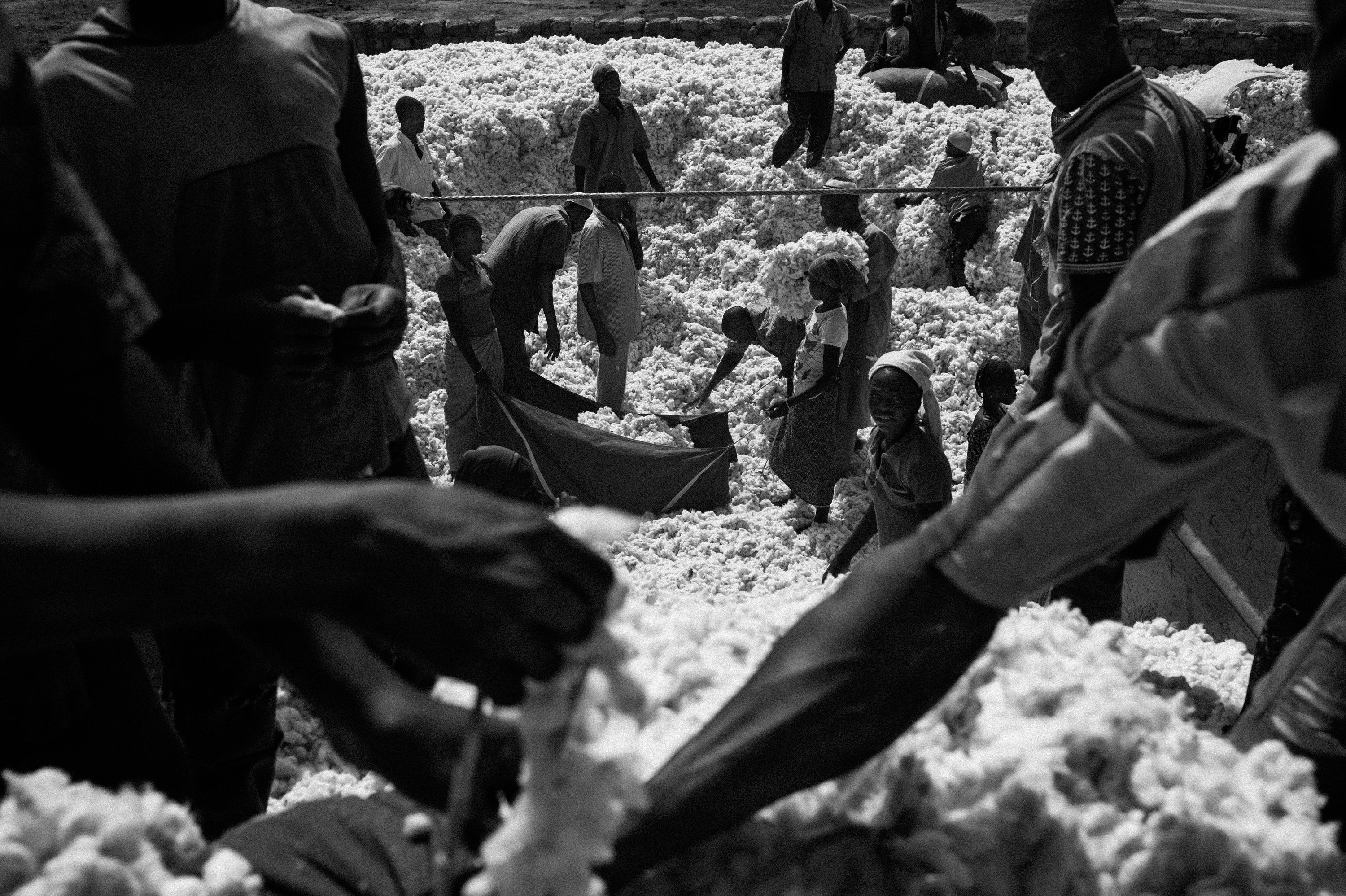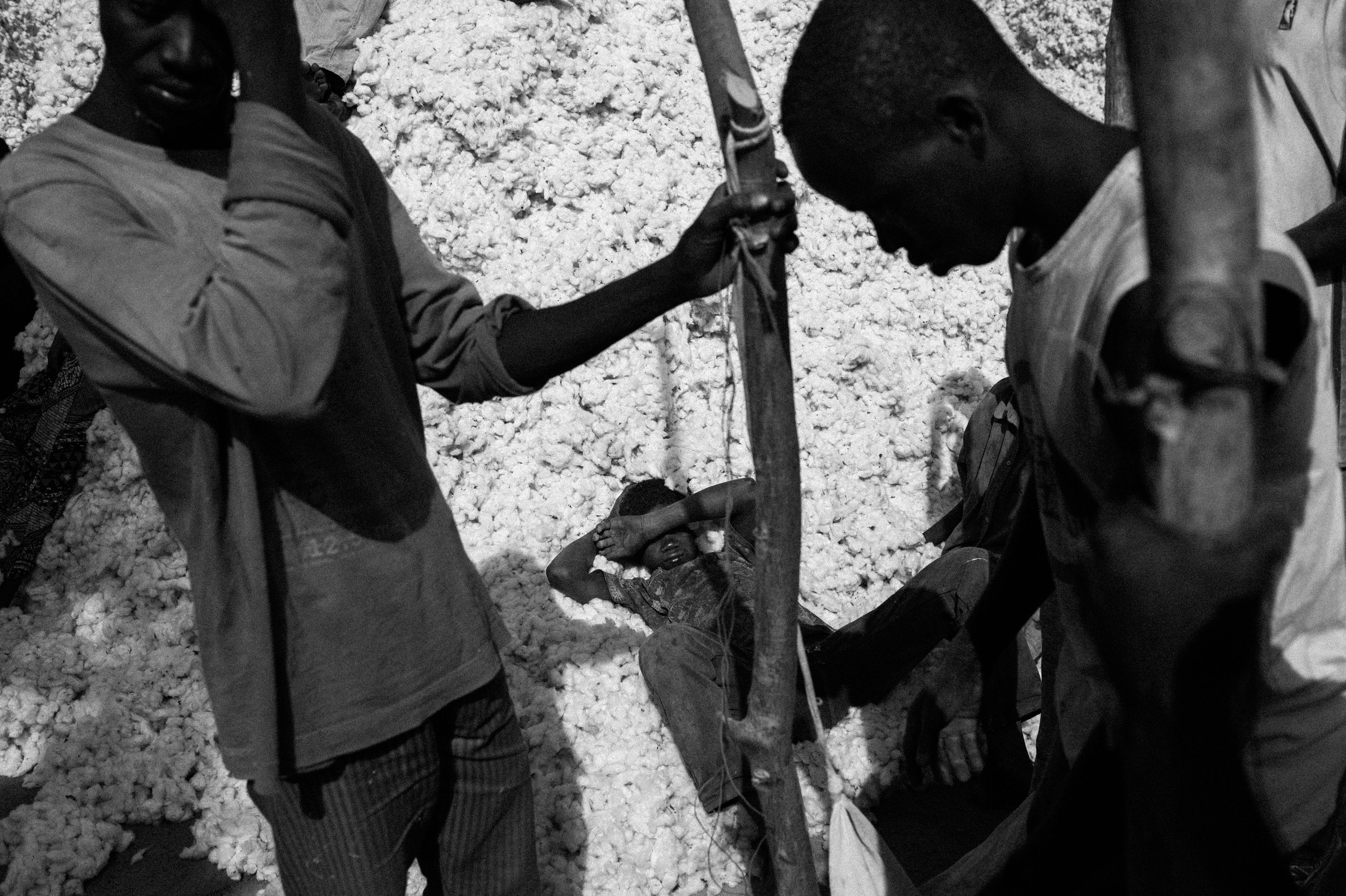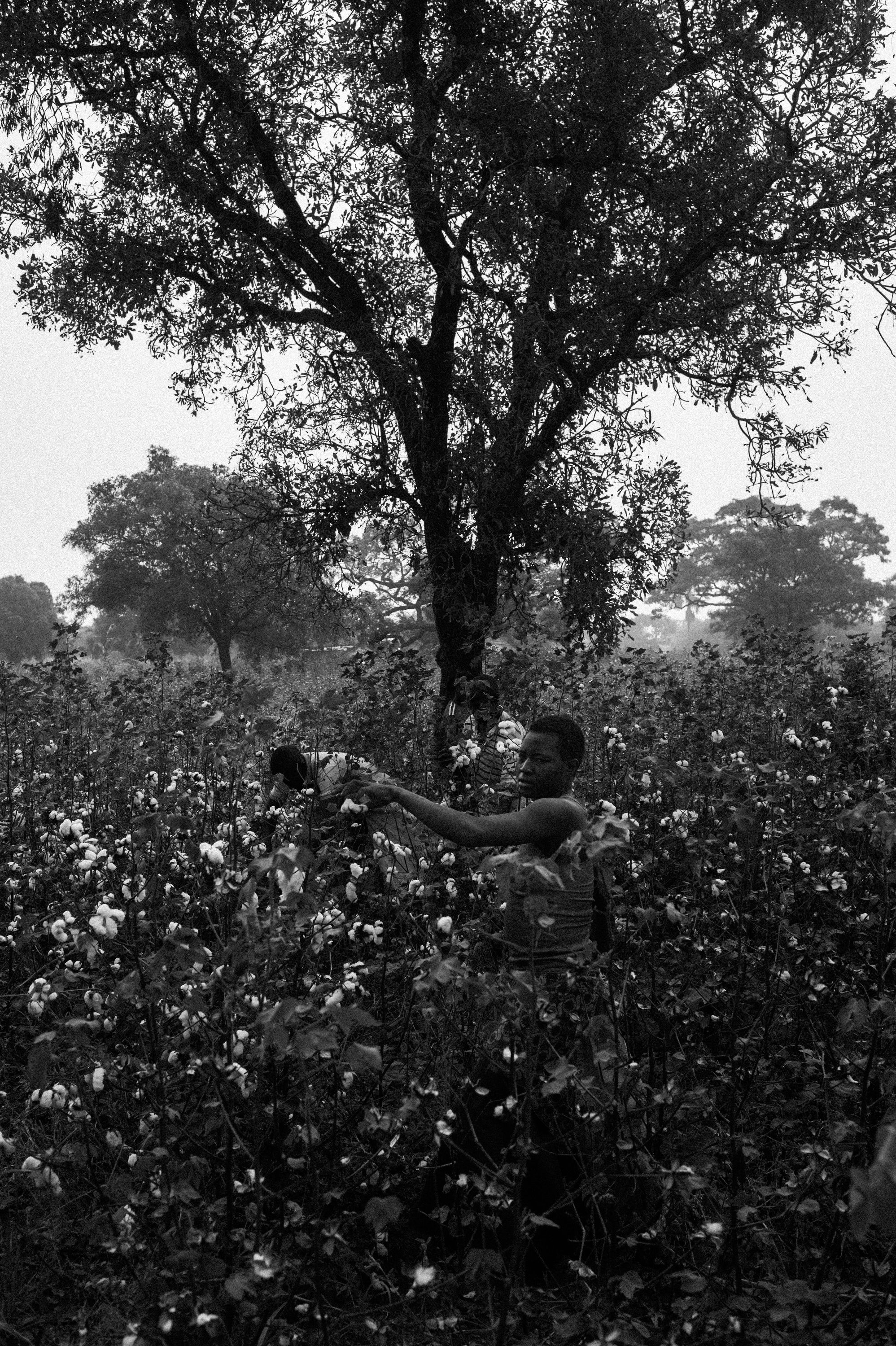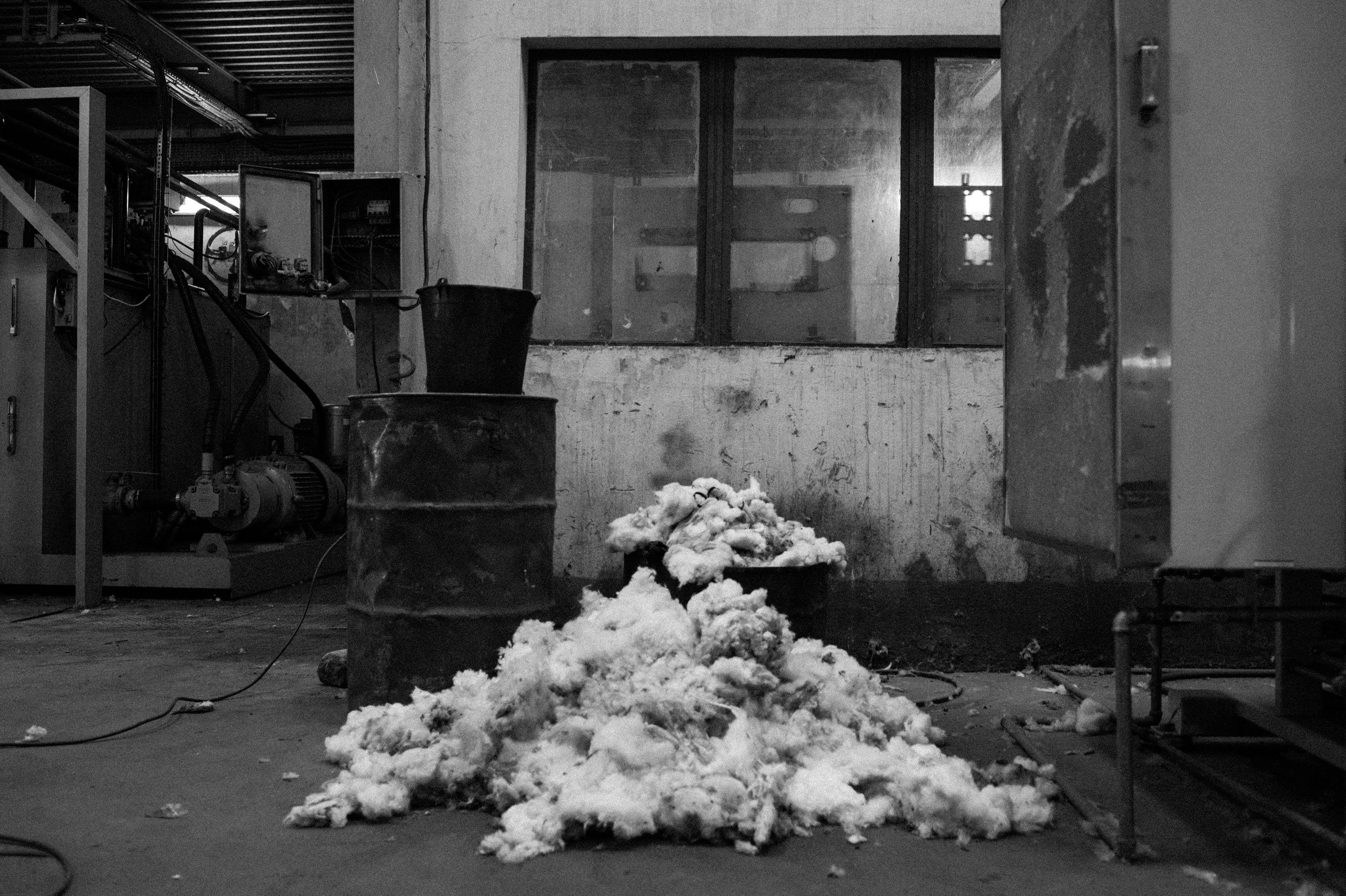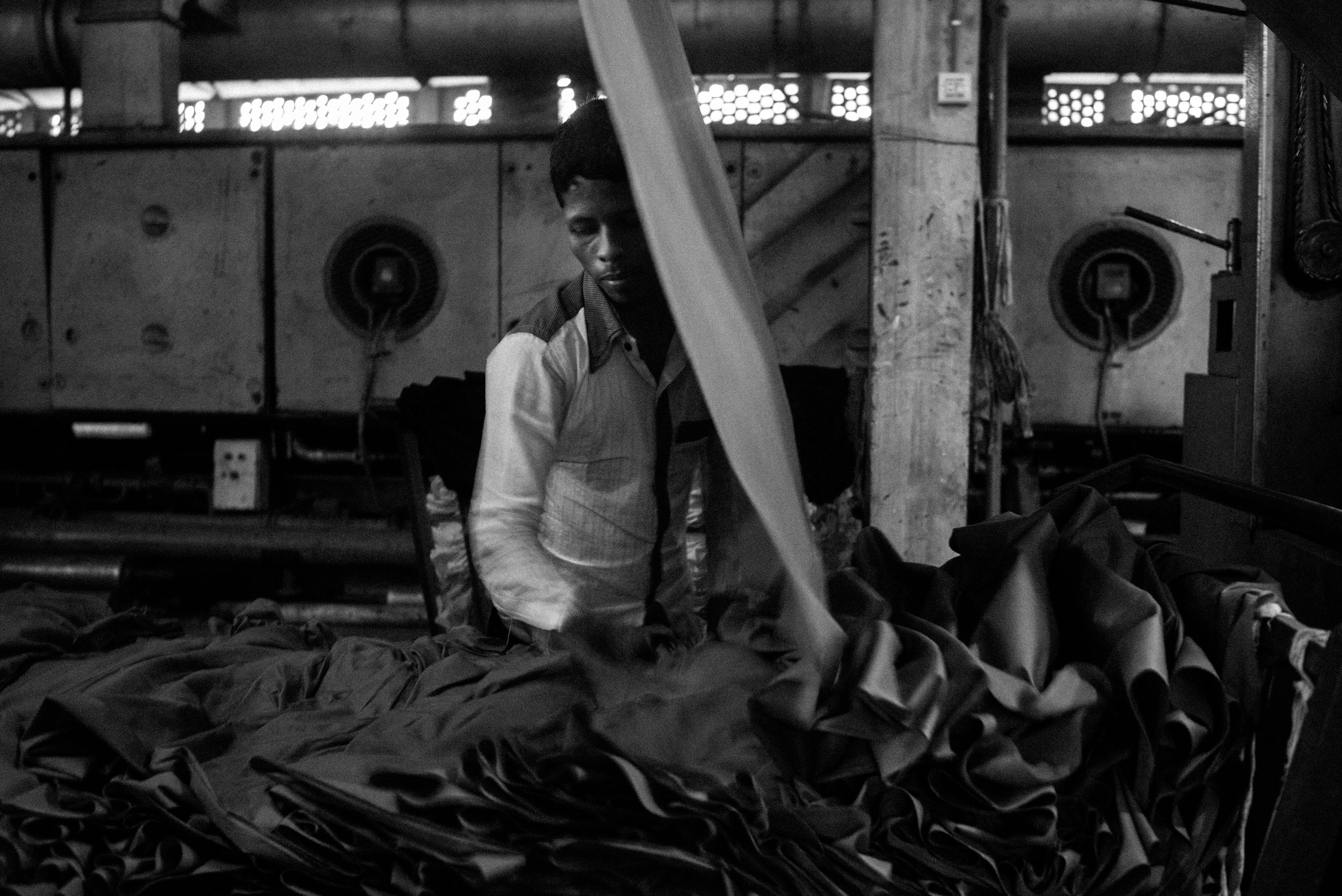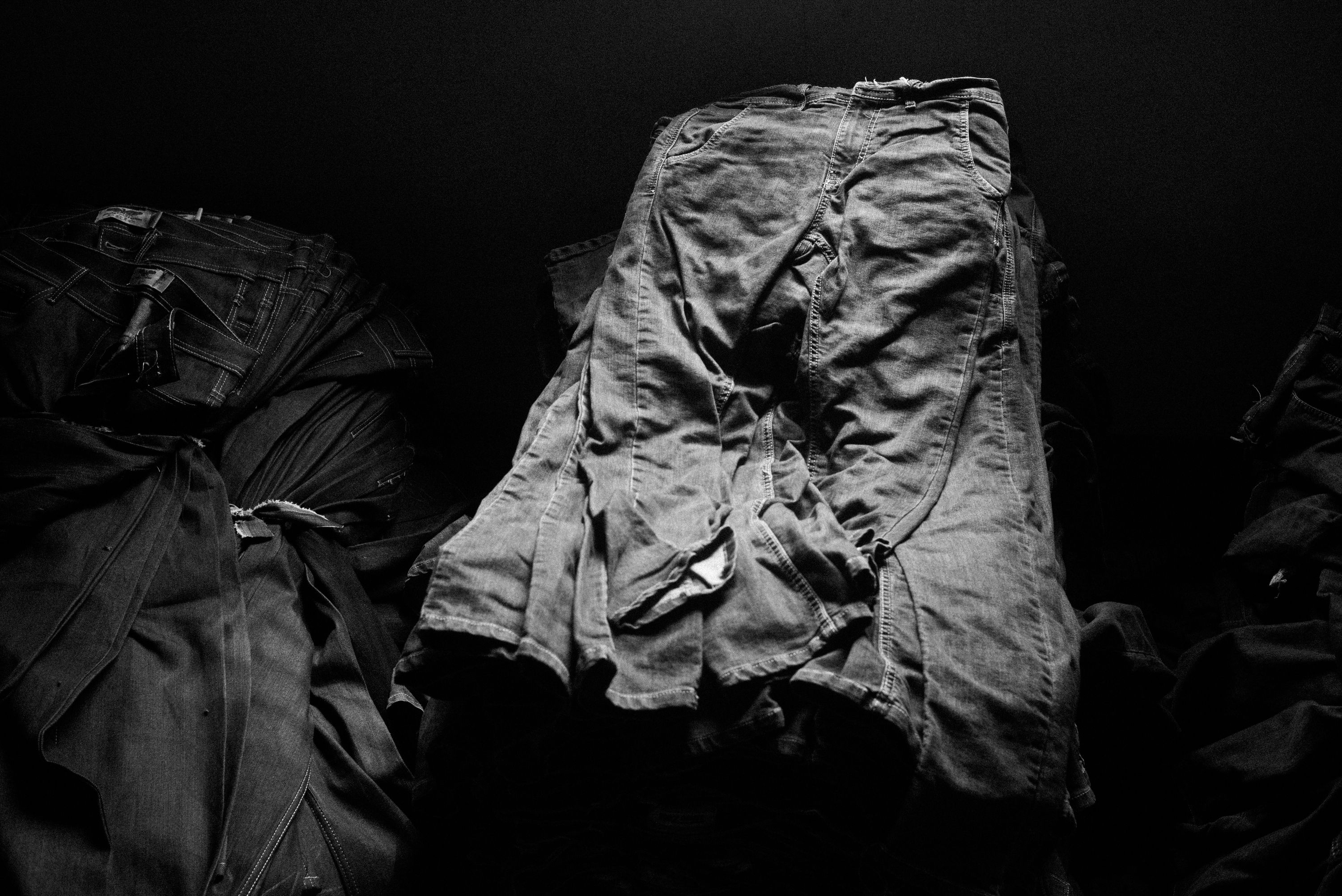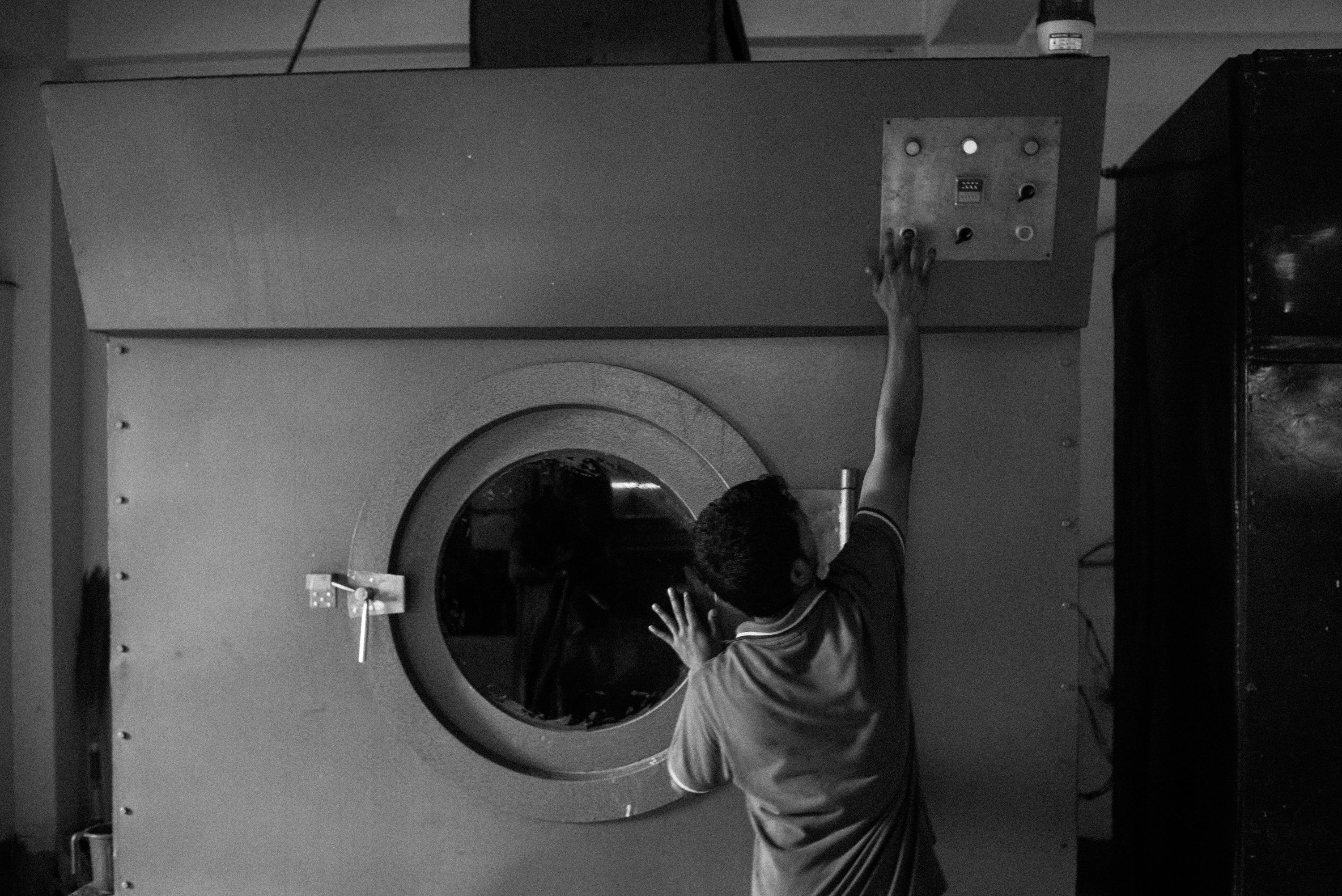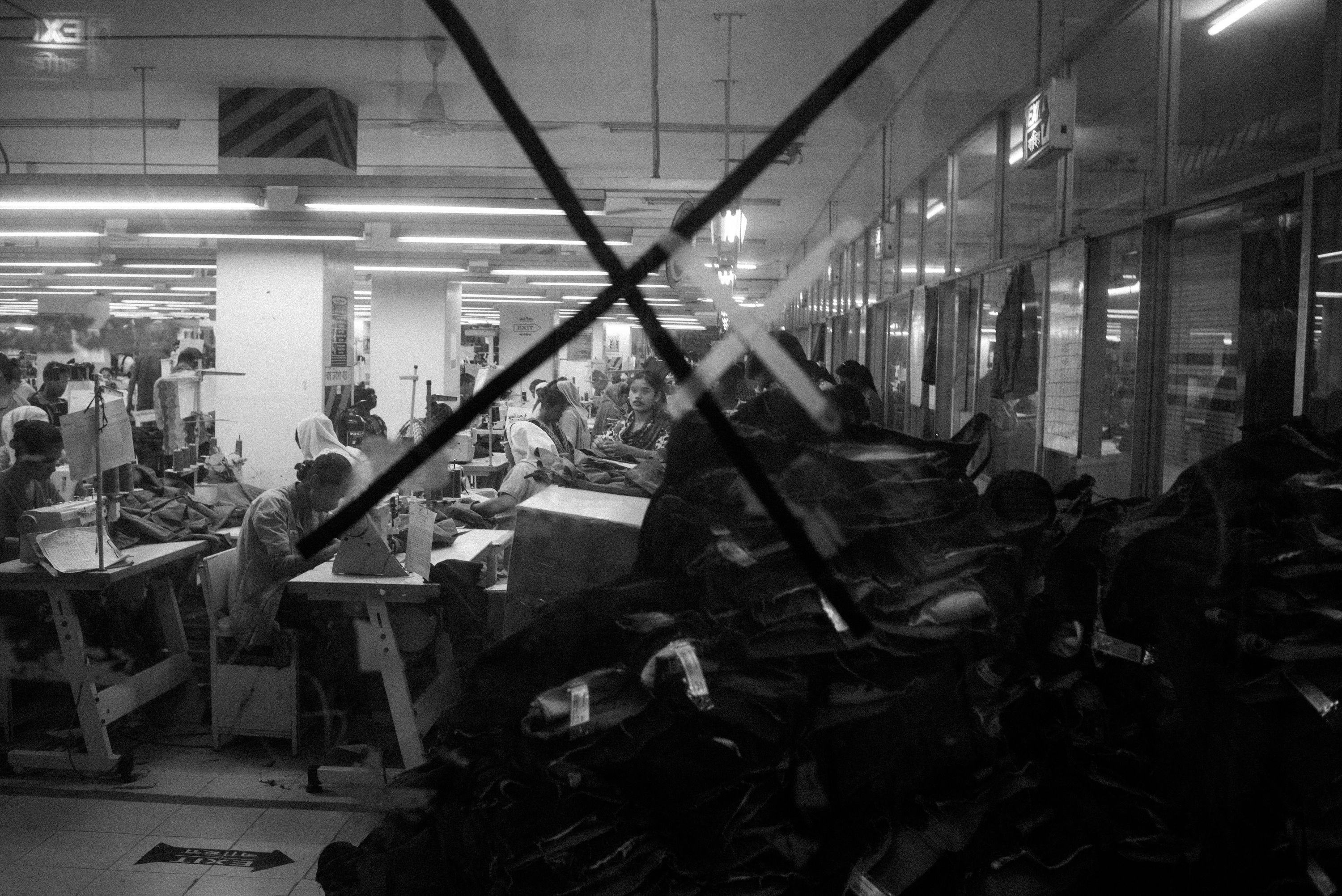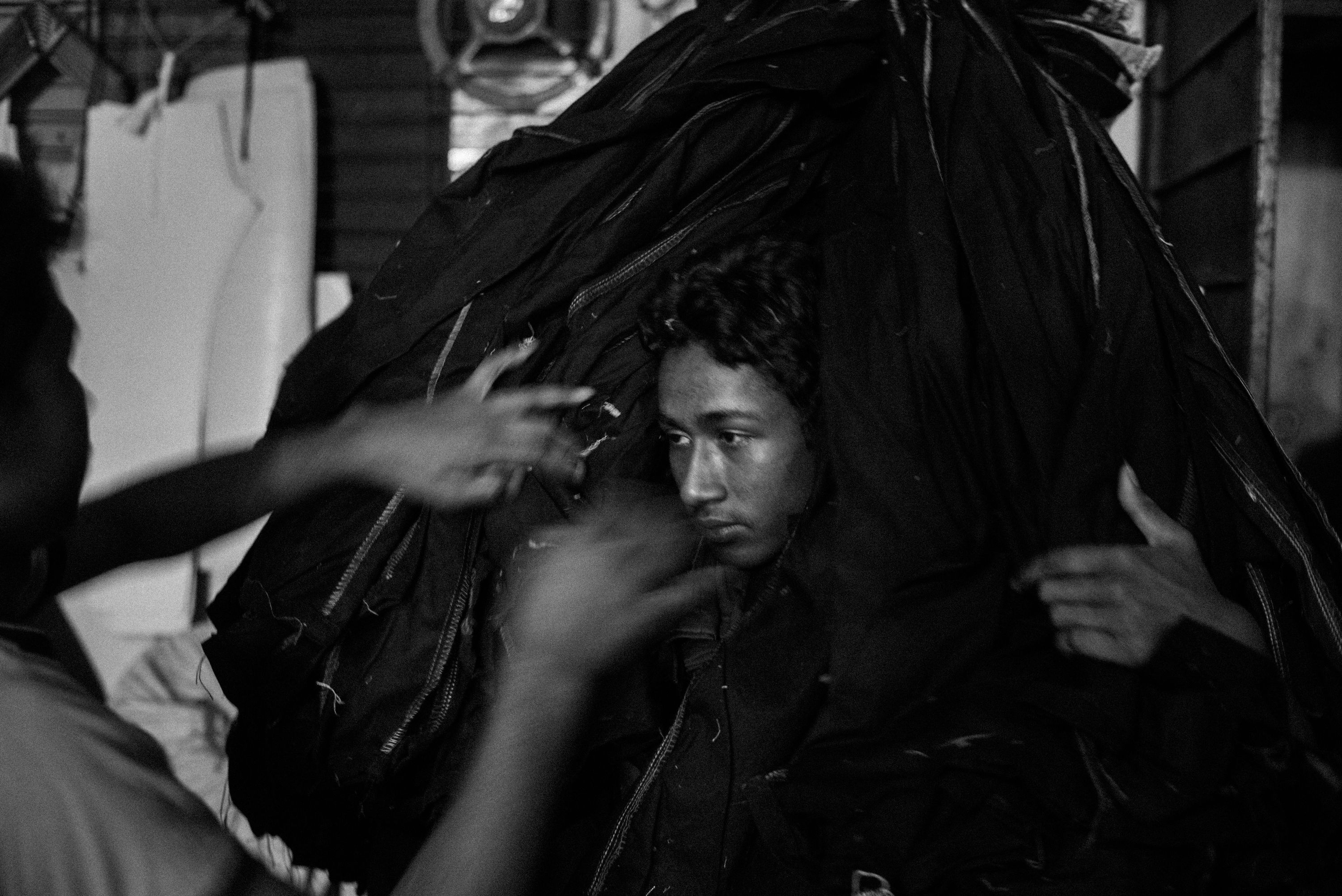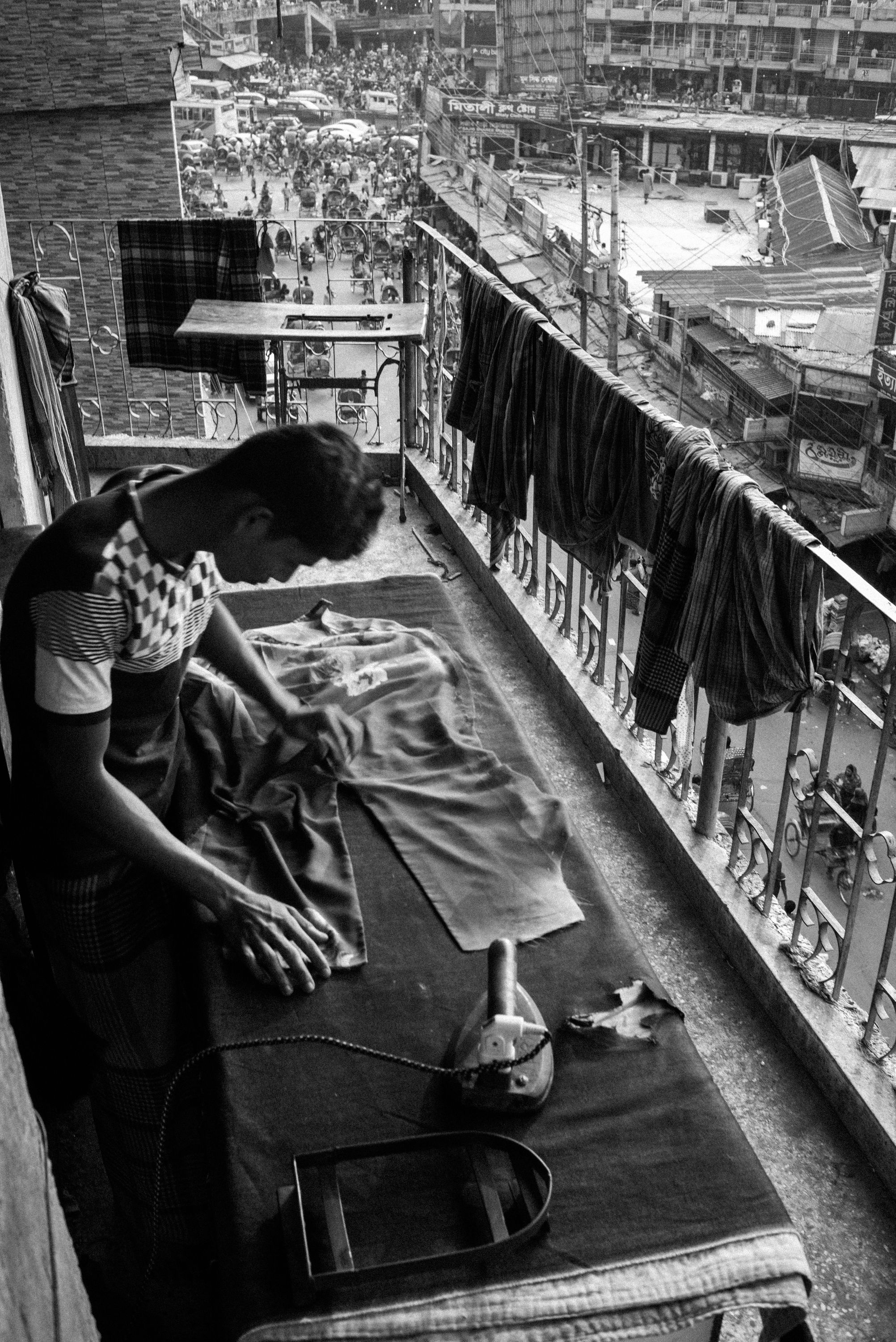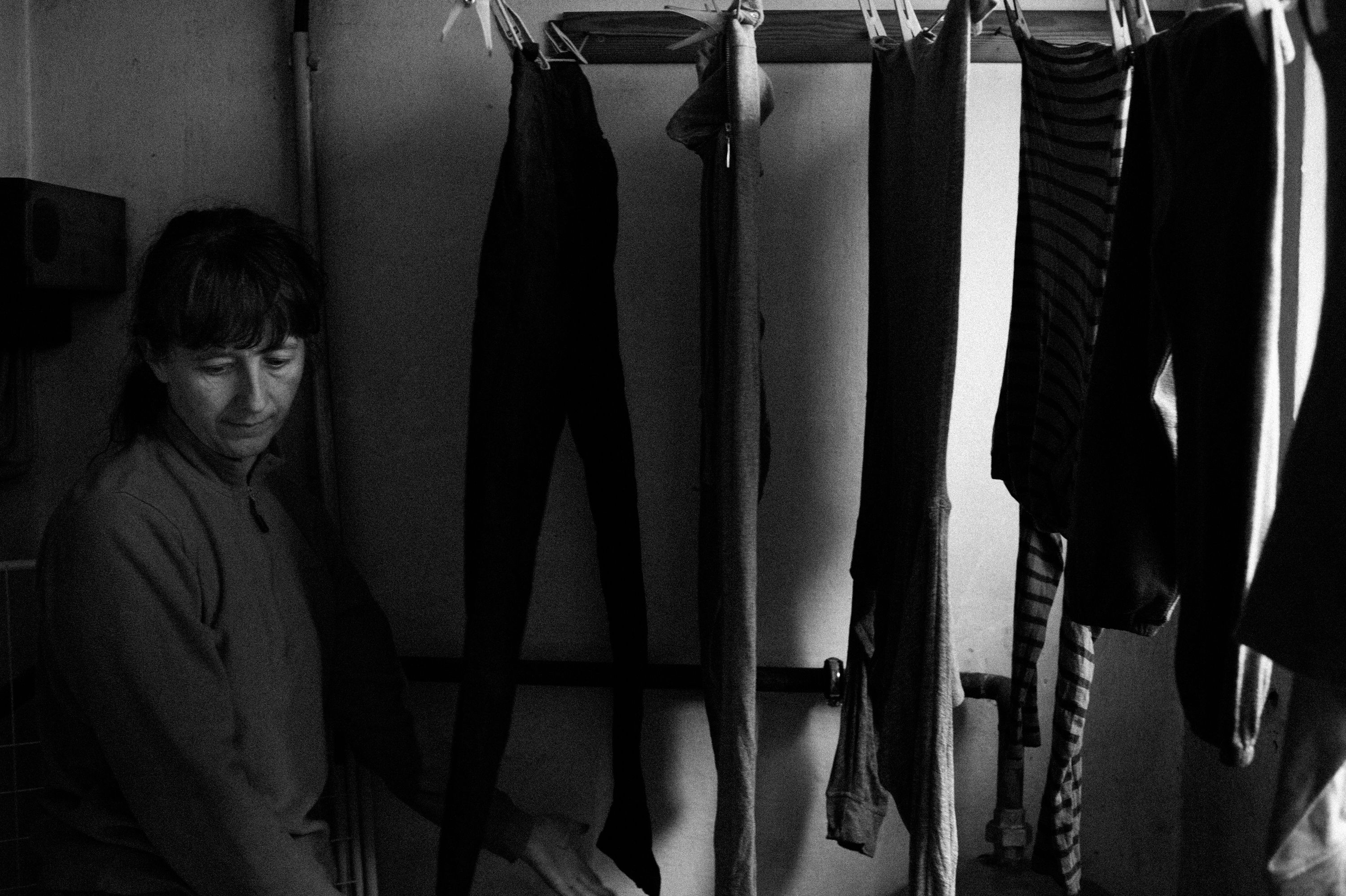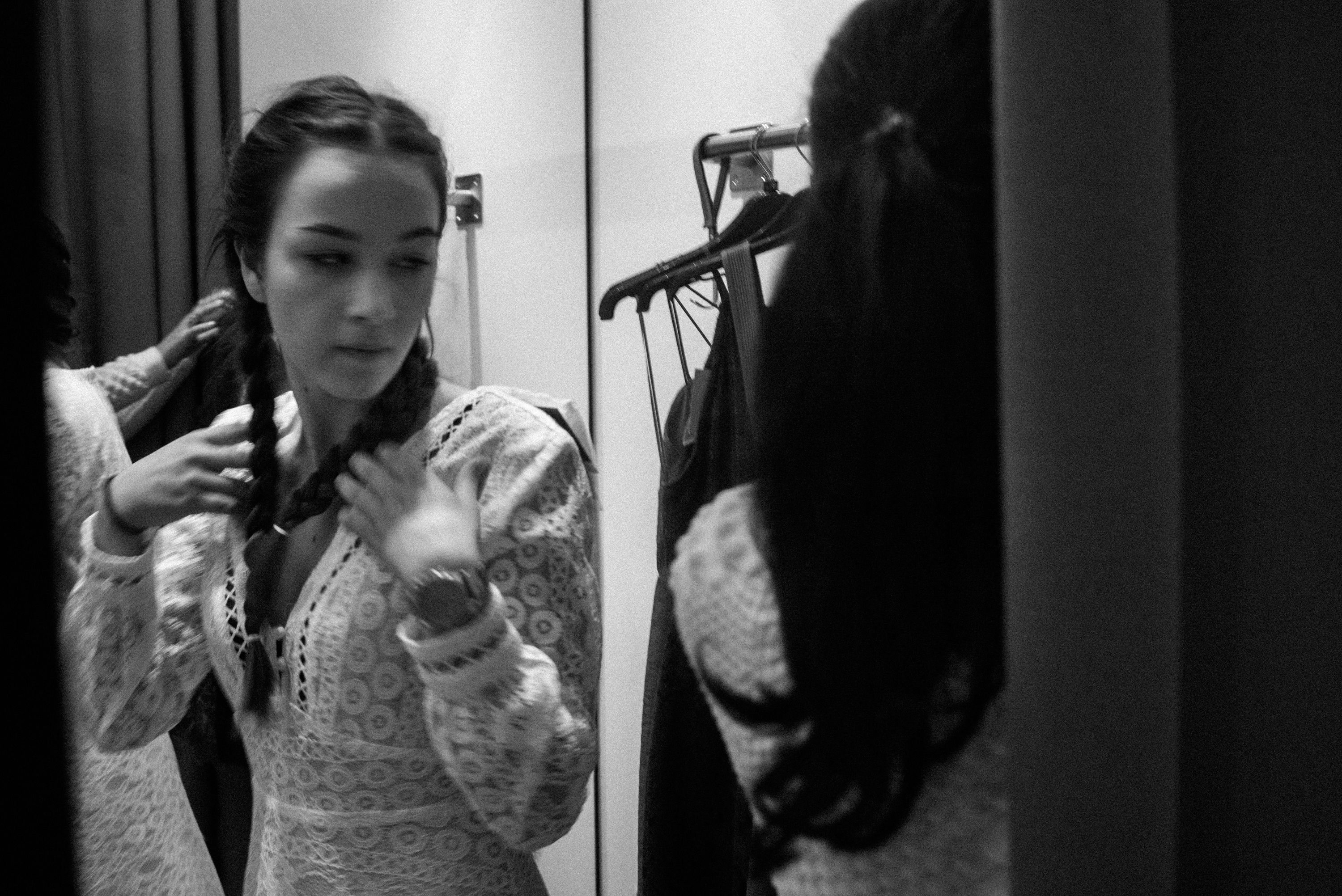December 23, 2016 | Pulitzer Center
By
Jost Franko
From its raw form to the finished product in the shape of clothing, cotton moves through the hands of some of the lowest paid workers in the world. Due to subsidies, farmer families in West Africa earn around $300 a year. And while corporations are subject to tax-free agreements, garment workers in Southern Asia are paid roughly $60 a month. This slideshow follows the path of cotton from the fields in Burkina Faso, to the garment industry in Bangladesh, and to consumption of clothing in Slovenia.
Word document:
| Attachment | Size |
|---|---|
| 57.27 KB |
